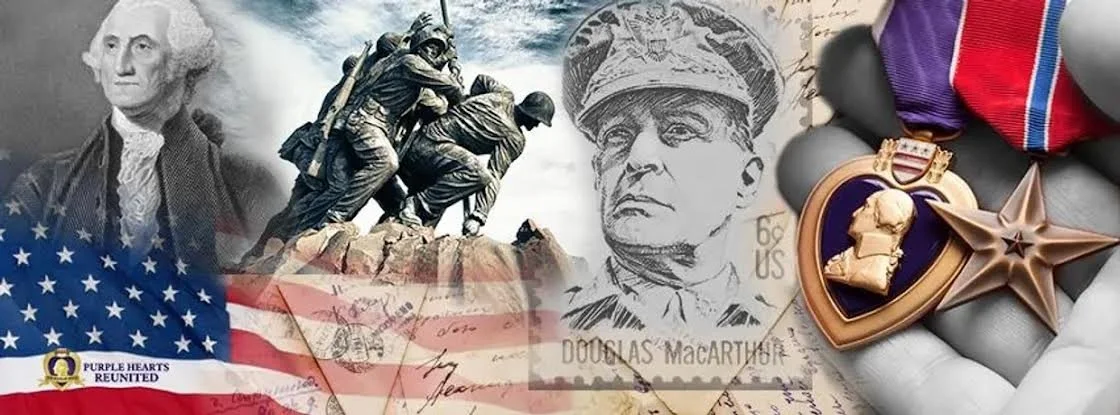Korean War Memories
KOREAN WAR
The Korean War started on 25 June, 1950 and ended on 27 July, 1953, after the signing of an armistice agreeing that the country would remain divided.
At the end of the Second World War, Korea – which had formerly been occupied by the Japanese – was divided along the 38th parallel. This was an internal border between North and South Korea based on a circle of latitude.
North Korea, supported by the Soviet Union, invaded the south on the 25 June 1950, which was supported by the United States.
The three-year war was exceptionally bloody and led to the deaths of 3 million people and tens of thousands of casualties. Listen to oral histories from those who fought in the Korean War and discover their unique stories of the conflict in:
The Korean People's Army is established
North Korea soon fell under the influence of the Soviet Union, whilst the south relied on the support of the Americans. The Korean People's Army (KPA) was established in North Korea in February 1948, from Korean communist guerrillas who had previously served with the Chinese People's Liberation Army, but were 'advised' by Soviet personnel. By mid-1950 the KPA was made up of ten infantry divisions plus other units totaling some 223,000 men.
Finally, on 27 July 1953, an armistice was signed agreeing that Korea would remain a divided country.
The armistice was signed by officials from the United States, the People's Republic of China, North Korea and South Korea. This agreed to bring the fighting of the Korean War to an end. The armistice agreement was signed at Panmunjom between North and South Korea.
After the end of WWII in1945, Korea, which had been a Japanese colony for 35 years,
Seoul was captured by the KPA on 28 June, and by early August, the Republic of Korea Army (ROKA) and its allies were nearly defeated, holding onto only the Pusan Perimeterin the peninsula's southeast.
Decisions to enter war.
On 30 June, five days after the outbreak of the war, Zhou decided to send a group of Chinese military intelligence personnel to North Korea to establish better communications with Kim as well as to collect firsthand materials on the fighting.
One week later, on 7 July, Zhou and Mao chaired a conference discussing military preparations for the Korean Conflict. On 1 October the Soviet ambassador forwarded a telegram from Stalin to Mao and Zhou requesting that China send five to six divisions into Korea, and Kim sent frantic appeals to Mao for Chinese military intervention. At the same time, Stalin made it clear that Soviet forces would not directly intervene.
In a series of emergency meetings that lasted from 2 to 5 October, Chinese leaders debated whether to send Chinese troops into Korea. There was considerable resistance among many leaders, including senior military leaders, to confronting the U.S. in Korea. Mao strongly supported intervention, and Zhou was one of the few Chinese leaders who firmly supported him. Mao appointed Peng Dehuaicommander of the Chinese forces in Korea. Peng made the case that if U.S. troops conquered Korea and reached the Yalu River, they might cross it and invade China; the Politburo agreed to intervene in Korea
On 4 August, with a planned invasion of Taiwan aborted because of heavy U.S. naval presence, Mao had reported to the Politburo that he would intervene in Korea when the PLA's Taiwan invasion force was reorganized into the PLA North East Frontier Force.
About 37,000 Americans lost their lives during the Korean War
92,000 were wounded
8,000 were missing.
About 1.3 million South Korea lost their lives during the War
415,000 dead. Casualties among other U.N. forces totaled 16,500, including 3,100 dead.
Estimates of Chinese military deaths in the Korean War vary, but most sources indicate a range of.
180,000 to 400,000. The official Chinese figures
180,000, while some Western sources suggest figures was higher.
400,000, with some even claiming over 900,000 including non-combat deaths.

